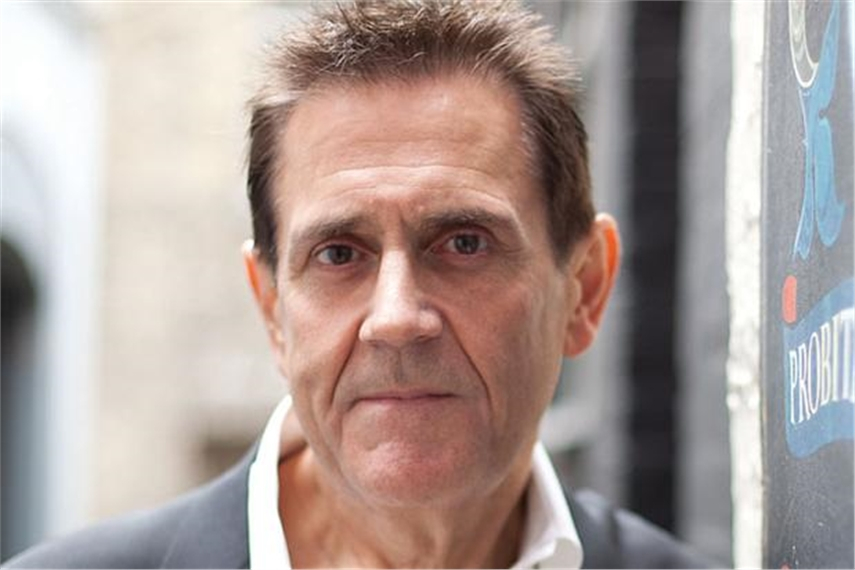
UPS have computers working out routes for their trucks to take mainly right-hand turns, avoiding left turns where possible.
Why is this?
Because in America they drive on the other side of the road, so a left turn is actually a turn across the oncoming traffic.
The computers know that having to stop and wait for a break in the traffic adds at least a minute to each turn.
UPS has 104,000 trucks making 18.3 million deliveries daily.
Assuming each truck wastes just one minute on a single journey, that’s 104,000 minutes, or 1,800 hours, or one whole week wasted.
And each truck actually does many deliveries every day.
So does minimising left turns work in practice?
The TV programme Mythbusters decided to check it out.
They delivered to the same address, at the same time, using two separate routes.
The first route had eight left and four right turns.
The second route had one left but 23 right turns.
Surely the first route must be shorter.
And it was: a mile shorter.
But it also took nine minutes longer, and that’s the important criteria.
So how does that translate into the real world?
UPS says that by making all its routes 90% right turns, it has been able to deliver 350,000 more packages with no increase in vehicles.
So UPS saves $3m-$4m annually.
It also saves around ten million gallons of petrol, which cuts about 20,000 tonnes of CO2 emissions.
That’s the equivalent of taking 20,000 cars off the road.
UPS gets its data from seven mainframes in New York and Georgia.
These computers can analyse 30,000 routes a minute.
But there are two crucial statistics that aren’t on the financial balance sheet.
22.2% of all accidents happen while making left-hand turns, and just 1.2% while making right-hand turns.
Plus NY traffic authority figures show three times more pedestrians are killed on left-hand turns than on right-hand turns.
But the most interesting thing for me is that it’s entirely counter-intuitive.
To make a left turn involves a single 90-degree turn.
To make the same turn, using right turns, involves three turns, which equals 270 degrees.
On paper, on a map, it makes no sense: the left turn is shorter and quicker.
But a map isn’t the real world.
It doesn’t show traffic, or jams, or bad drivers, or frustration, or real life.
Which is the mistake we often make with abstract reasoning.
We plan for a world that only exists on paper.
A rational world free of emotion, and accidents, and surprises.
What’s great about the UPS thinking is that it’s used technology in exactly the right way.
Human beings make the big strategic decisions.
Then they then use technology to work out the routes at a speed that would be impossible for humans.
Which is the right way for humans and technology to interact.
Each does what they do best.
Or, as Carl Ally wrote for IBM: "Machines should work. People should think".
(Dave Trott is the author of Creative Mischief, Predatory Thinking and One Plus One Equals Three. This article first appeared on CampaignLive.co.uk)


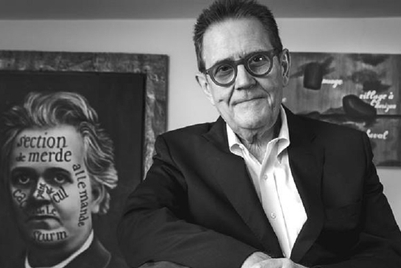
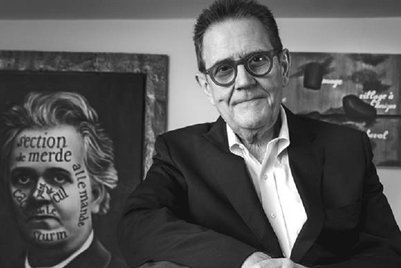
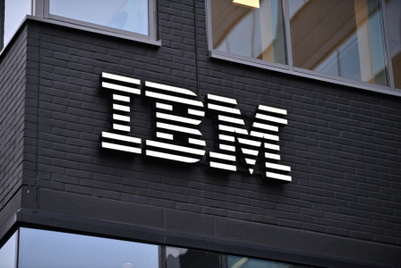
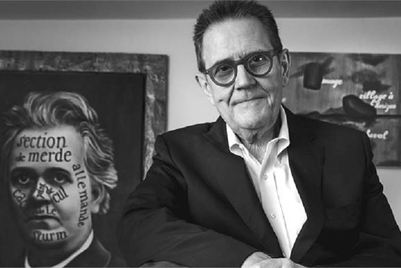



.png&h=268&w=401&q=100&v=20250320&c=1)
